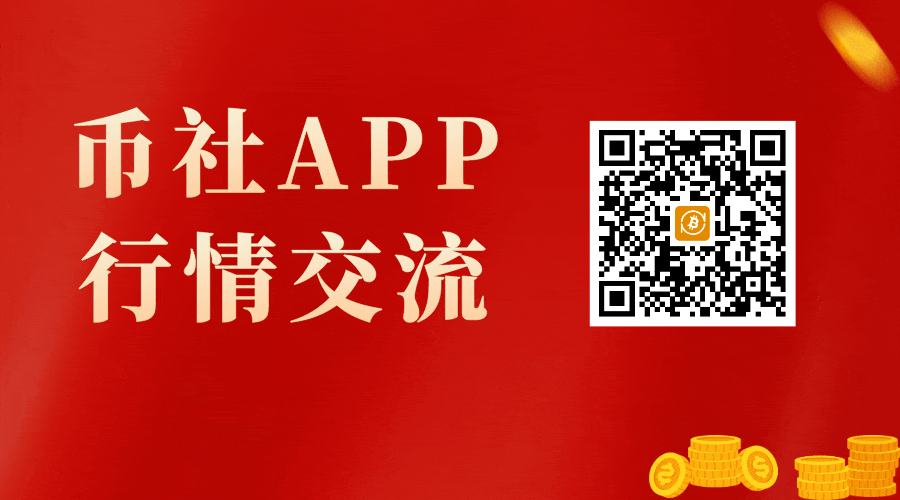[伯特]为什么贝莱德比特币持有量随着价格下跌而增加

最近在美国推出的 Newborn Nine 现货比特币 ETF 自推出以来的 9 个交易日内,其管理的总资产激增至 51 亿美元。
然而,在此期间,比特币的价格下跌了约 20%。
这些 ETF 的股价也与比特币价格一致下跌。
那么,如果 ETF 股票价值下跌,它们如何继续购买更多比特币呢?
商品股 ETF 旨在代表标的资产的敞口。
就现货比特币 ETF 而言,标的资产当然是比特币。
当资金流入该基金时,它被用来以等价购买比特币。
随着需求的增加,ETF 份额的价值也会增加。
相对于基础比特币价值的股票价值被称为“资产净值”(NAV),这被用作评估该基金相对于其持有的比特币是否被高估或低估的晴雨表。
创建 ETF 股票篮子。
ETF 中的新股并不是在投资者决定买入时凭空创建的。相反,它们是由授权参与者 (AP) 在篮子中创建的。
例如,贝莱德目前保留荷兰银行清算公司 (ABN AMRO Clearing)、简街资本 (Jane Street Capital)、摩根大通证券 (JP Morgan Securities)、麦格理资本 (Macquarie Capital) 和 Virtu Americas 作为 iShares 比特币信托基金的 AP。
对于贝莱德来说,这五家公司是唯一能够创建或赎回与 ETF 相关的一篮子股票的实体。
一篮子股票由 40,000 股组成,截至发稿时每股价值约为 906,365 美元。
每个篮子相当于约 22.7 BTC,这意味着每当为 ETF 创建股票时,必须至少购买 22.7 BTC(1 篮子)。
当股票被赎回时,至少等量的股票会被出售以换取现金给受影响人。
在目前的机制下,只能使用现金来创建股票篮子,这意味着 AP 不能向贝莱德提供比特币来换取股票。
为了满足流动性需求,AP通常会提前购买一篮子股票,然后出售给市场。
此过程每个交易日发生一次,并使用比特币 CF 基准指数汇率(纽约版本)来确保股票的发行相对于比特币的价格。
当 ETF 的交易活动较高时,意味着对股票的需求较高,因此需要有足够的流动性来处理交易量。
一篮子股票将根据交易量创建,这些新股将用于报告 ETF 的流入情况。
例如,如果发行 700 万股新股,使流通股总数达到 7000 万股,ETF 的资产净值价格为 22 美元,则资产管理规模将增加 1.54 亿美元,达到 15.4 亿美元。
然而,这些股票不一定已出售到公开市场并掌握在投资者手中。
新创建的股份可能仍由 AP 持有,准备用作未来交易活动的流动性。
If Bitcoin’s price declines, which leads to investors selling shares in the ETF, the assets under management do not necessarily decline at the same rate. While the AUM may reduce in dollar terms if Bitcoin becomes less valuable, the number of BTC held in the fund remains unchanged until the AP redeems shares.
Authorized Participants proxy investment in Bitcoin
A reduction in ETF share price while its AUM increases due to additional Bitcoin purchases, therefore, could signal that the APs believe the underlying asset is undervalued. APs can hold onto outstanding shares without redeeming them if they believe Bitcoin will be worth more in the future. Each share is priced relative to the AUM when valued in dollar terms. Therefore, by not redeeming the shares if Bitcoin rallies in the future, the AUM will also increase, making each share more valuable.
Therefore, given that both the Newborn Nine and the underlying Bitcoin have declined around 18% since launch. At the same time, the combined assets under management have grown by approximately $550 million per day, and it seems the APs are not redeeming shares.
The only ETF seeing outflows in terms of redemptions is Grayscale, with its imposing 1.5% fee and majority of investors in profit. All other ETFs, namely the Newborn Nine, are experiencing daily inflows via new share basket creations from APs.
There is around $1.5 billion in trading volume across the spot Bitcoin ETFs, which requires considerable liquidity to facilitate. Should this liquidity fall off, we may see some redemption activity.
Until then, the combined value of cash used by US institutions to facilitate share creation for Bitcoin ETFs is over $27 billion. Given that the price has declined while new share baskets have been created, it is reasonable to assume that some of this Bitcoin is essentially owned by APs such as JP Morgan and Jane Street Capital, among others.
Now for the slightly ‘tin foil hat,’ full Bitcoin maxi part of the argument. If JP Morgan as a company were as bearish on Bitcoin as CEO Jamie Dimon, one might expect baskets to be redeemed as long as enough shares exist in the market to handle liquidity. Yet, from current data, it seems no share baskets have been redeemed for the Newborn Nine. Any shares that may currently be unallocated to investors belong to the APs who created the baskets.
Bitcoin ETFs highly liquid and actively traded.
For BlackRock’s iShares Bitcoin ETF (IBIT), 11.9 million shares changed hands on Jan. 24, with 77.2 million shares outstanding. This calculates to around a 15% liquidity rate.
In comparison, BlackRock’s iShares Core S&P 500 ETF (IVV) has 854 million shares and an average volume of around 5.5 million, indicating a volume of 0.6% of the float. For IBIT, this equated to roughly $270 million in volume, while IVV saw around ten times more at $2.7 billion. Thus, IVV has 10 times the volume, but IBIT has 25 times the liquidity.
比特币 ETF 的高流动性表明人们对该金融产品有着强烈的兴趣,尽管可能更具投机性。
IVV 较低的交易比率表明其市场地位稳定,投机交易少得多。
然而,考虑到可用的深度流动性,比特币 ETF 对大额交易的敏感度也可能较低。
从各方面来看,现货比特币在华尔街的首次亮相取得了巨大的成功。
投资者的兴趣通过成交量显而易见,机构的兴趣和信念可以从全面强劲的篮子创建中清楚地看出。
我什至大胆猜测,如果交易量下降,只要灰度继续流出,我们就会继续看到每日资金流入新生九个 ETF。
考虑到 ETF 的比特币价格是如何计算的,从 Grayscale 购买比特币是将美元成本平均转化为比特币的绝佳方法。
从表面上看,当 AP 向贝莱德和富达等全球领先的资产管理公司提供现金而不是自己托管比特币时,情况尤其如此。
此外,这种比特币积累方法没有公开曝光,这意味着声誉风险很低。
不幸的是,与区块链不同,TradFi 是一本封闭的书。
无法知道AP持有多少流通股以及投资者手中有多少。
未来的披露和报告可能会提供有关情况的快照,但在 TradFi 采用更透明的基于区块链的基础设施之前,我们主要处于一无所知的状态。
摩根大通是否正在利用贝莱德秘密购买比特币?
答案是也许。
为了解决摩根大通和其他 AP 等机构是否可以使用贝莱德等 ETF 作为购买比特币的代理,我将以贝莱德招股说明书中的这句话结束;
授权参与者没有义务创建或赎回篮子,授权参与者也没有义务向
公众发售其创建的任何篮子的股份。

欧易(OKX)
用戶喜愛的交易所

币安(Binance)
已有账号登陆后会弹出下载
